Burma vs. Karen/Kayin
1950 - ongoing by 2011
Core issue: Karen people striving for more autonomy within Burma
Type of conflict ending: Conflict ongoing by 2011
The conflict between the Karen people and the Burmese is rooted in the colonial legacy. The Karen nationalist movement started in 1881 and exponentially grew in the first decades of the 20th century through support from Christian missionaries from both England and the United States. The British established education and formal institutions for the Karen in order to introduce the English language into everyday life. The British then put these Christian Karen into positions of authority within the colony, which created a class divide between the Karen and Burmese.
In 1947, during the independence process of Burma, the Karen formed the Karen National Union (KNU). The Karen leadership did not participate in the Panglong Agreement of 1947, which focused on the creation of an independent multiethnic Burmese state, with the consequence that the Karen region was not granted any autonomy. In 1948, the Burmese military advanced towards the Karen region and forced the KNU to go underground. The conflict varied in intensity, with various escalations in 1958, 1967, 1983 and 1988. Several peace negotiations took place, although neither talk concluded a binding agreement. The negotiations were partly unsuccessful due to the heterogeneous nature of the Karen. The more extreme elements among the KNU were always aiming for broader political change across the country. These leaders could not find common ground with the Burmese generals who only granted limited autonomy to the region and maintained access for the military. After each failed round of negotiations, the Burmese army would continue with military advances in the Karen region.
The divisions within the Karen State became visible in 1994, when a group of Buddhist Karen soldiers deserted their positions, tired of the rhetoric from the hardliners and the prominent Christian-oriented leadership. The disgruntled soldiers founded the Democratic Karen Buddhist Army. This organization quickly became the largest and most important armed group in the region. They directly signed a ceasefire with the government and received weapons and protection from the Burmese army for chasing down the KNU, although their public objective was still to fight for Karen's autonomy. At the end 2011, the conflict between the KNU and the government of Myanmar was still ongoing. The core issue of territorial control for the Karen people had not been solved, and splinter groups, that were aligned with the KNU, had increased the violence and made it more difficult to negotiate a peace treaty.
Sources
Brenner, D., 2017. "Authority in rebel groups: Identity, recognition and the struggle over legitimacy", Contemporary Politics, 23 (4), 408-426.
Brenner, D., 2018. "Inside the Karen Insurgency: Explaining Conflict and Conciliation in Myanmar's Changing Borderlands", Asian Security, 14 (2), 83-99.
Chambers, J., 2019. "Towards a Moral Understanding of Karen State's Paradoxical Buddhist Strongmen", Journal of Social Issues in Southeast Asia, 34 (2), 258-289.
Israelsen, S., 2019. "Women in War and Peace: Karen Women's Political Participation during and after the Karen-Burma Ceasefire Accords", The Round Table, 108 (2), 175-188.
Shepard Wong, M., 2017. "Linguistic, religious, and ethnic identities as pathways to peace: Views from eight Lisu, Karen, Kachin, and Chin seminary teachers in Myanmar", Asian Englishes, 19 (3), 211-227.
South, A., 2007. "Karen Nationalist Communities: The 'Problem' of Diversity", Contemporary Southeast Asia, 29 (1), 55-76.
